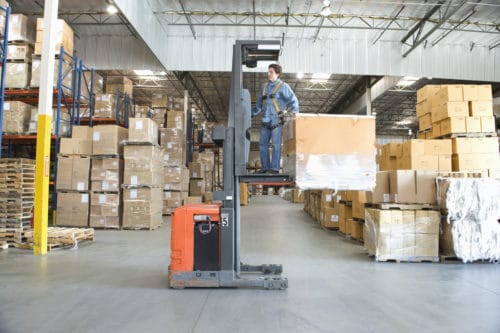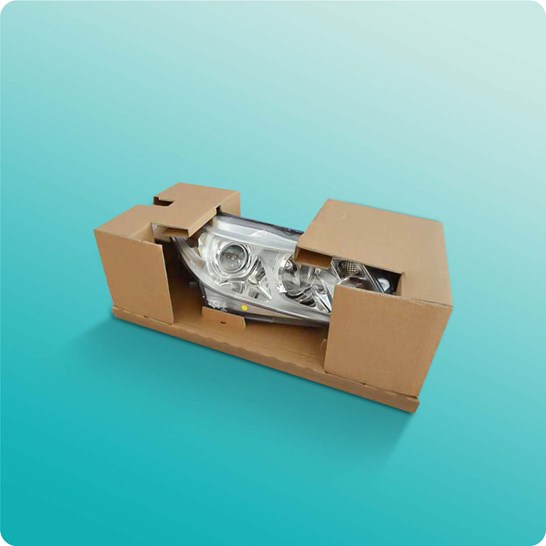Reliable Industrial Recycling Solutions for Lasting Product Packaging: A Comprehensive Guide
In today's significantly environmentally-conscious globe, the demand for sustainable packaging services has never ever been greater. To fulfill this need, businesses across industries are actively seeking effective commercial recycling options. However, navigating the facility landscape of lasting packaging can be testing without a detailed overview. That's where this extensive guide on effective industrial recycling solutions for lasting product packaging can be found in. By discovering vital locations such as packaging material choice, developing for recyclability, applying reusing framework, working together with recycling partners, and monitoring and gauging reusing success, this guide will outfit you with the expertise and devices needed to make educated decisions and drive favorable adjustment within your company. Whether you're a packaging professional, sustainability manager, or just interested in the topic, this guide will offer important understandings and techniques to assist you browse the globe of sustainable product packaging.
Product Packaging Product Option
The selection of product packaging materials plays a crucial function in guaranteeing the sustainability of commercial reusing services. When it comes to sustainable product packaging, the choice of materials is type in minimizing ecological influence and optimizing reusing efficiency. Picking the ideal materials can help in reducing waste generation, save resources, and promote a circular economic climate.
Materials like cardboard, paper, glass, and particular kinds of plastics can be reused multiple times without shedding their quality. On the various other hand, materials that are hard to recycle, such as mixed plastics or non-recyclable composites, can create challenges for the recycling process and may finish up in burners or garbage dumps.
One more factor to consider is using eco-friendly and renewable materials. Packaging made from renewable energies, such as plant-based plastics or biopolymers, can help in reducing dependence on nonrenewable fuel sources and reduce climate change. Furthermore, biodegradable products break down naturally gradually, decreasing the accumulation of waste in land fills.
Additionally, the weight and volume of product packaging products must be minimized to lower transportation prices and energy consumption. Light-weight products not just call for less sources throughout manufacturing but additionally add to decrease carbon emissions throughout transportation.
Creating for Recyclability
Packaging designers need to focus on the usage of materials that are commonly accepted for reusing and have actually developed recycling frameworks. Materials such as glass, aluminum, and particular kinds of plastic, like PET and HDPE, are generally recycled and must be liked over materials that are expensive or difficult to recycle.
Another essential consideration in creating for recyclability is the elimination of unneeded components or products. By minimizing the number of layers, layers, and added parts, packaging can be made simpler and simpler to reuse. Additionally, developers must intend to decrease making use of combined materials, as they can complicate the recycling procedure.

Implementing Recycling Framework
Effective application of recycling infrastructure is critical for the success of industrial recycling solutions. Without proper facilities in area, the reusing procedure becomes ineffective and ineffective, preventing the general goal of sustainable product packaging.
To execute recycling infrastructure effectively, numerous crucial factors require to be thought about. To start with, there ought to be an efficient collection system that promotes the separation and collection of recyclable materials. This can include marked reusing bins in public rooms, as well as collaborations with waste monitoring companies for curbside pickup and sorting.
As soon as accumulated, the recyclable materials need to be carried to reusing facilities in a prompt manner. This calls for reliable logistics and transport networks, guaranteeing that the products reach the appropriate centers immediately.
At the reusing centers, progressed sorting and processing modern technologies need to be in place to divide different kinds of materials properly. This consists of the use of automated arranging makers, optical scanners, and manual sorting strategies.
Additionally, there should be a robust market demand for recycled products. This can be attained via collaborations with suppliers and industries that make use of recycled products in their manufacturing processes. Creating a steady market for recycled materials incentivizes the reusing market and promotes the round economic climate.
Collaborating With Recycling Allies

One key facet of working together with reusing companions is the facility of clear interaction channels. It is necessary to establish open lines of communication to facilitate the exchange of details, updates, and feedback. This enables both parties to remain informed regarding the development of recycling initiatives and resolve any challenges or issues that might arise.
Additionally, partnership can entail joint initiatives in carrying out and designing reusing programs. Recycling partners can provide useful understandings and assistance in establishing efficient collection systems and establishing the most proper recycling technologies. By interacting, services and recycling partners can enhance the reusing procedure and minimize waste.
Additionally, collaboration can expand past the operational aspects of recycling. It can additionally incorporate campaigning for and education efforts. By signing up with forces, services and reusing partners can elevate awareness concerning the value of recycling and advertise the fostering of lasting product packaging practices among consumers and other stakeholders.
Tracking and Measuring Recycling Success
To make sure the effectiveness of commercial recycling services and the achievement of lasting packaging objectives, it is crucial for companies and their recycling companions to develop a thorough system for tracking and determining reusing success (bulk container recycling). Measuring and tracking recycling success enables businesses to assess the impact of their reusing efforts, recognize locations for renovation, and set purposeful targets for future progression
One way to track recycling top article success is via making use of information collection and evaluation tools. By accumulating data on the amount of packaging waste generated, the percent of waste that is recycled, and the kinds of products being reused, services can acquire valuable understandings right into their recycling efficiency. This information can then be assessed to recognize fads, patterns, and areas of inadequacy.
Another crucial element of tracking and determining recycling success is establishing standardized and clear metrics. This enables companies to contrast their performance versus market criteria and track their progress over time. Metrics such as reusing rates, waste diversion rates, and greenhouse click over here gas discharges can provide a quantitative step of a service's reusing success.

Verdict
In verdict, applying efficient commercial recycling solutions for lasting product packaging requires mindful consideration of packaging material option, designing for recyclability, implementing reusing facilities, teaming up with reusing companions, and monitoring and measuring reusing success. By incorporating these techniques, businesses can add to a more lasting and environmentally-friendly strategy to product packaging, minimizing waste and promoting the round economic situation.
By discovering essential locations such as packaging material selection, making for recyclability, executing reusing framework, working together with recycling partners, and tracking and gauging reusing success, this overview will certainly equip you with the expertise and tools essential to make informed decisions and drive positive change within your organization. Packaging developers must focus on the usage of products that are commonly approved for recycling and have established recycling infrastructures.Cooperation with reusing partners is vital for the effective execution of commercial reusing solutions and the achievement of sustainable product packaging goals. By joining forces, businesses and recycling partners can raise recognition concerning the relevance of recycling and advertise the fostering of lasting product packaging practices amongst consumers and other stakeholders.
By collecting information on the quantity of product packaging waste generated, the percent of waste that is reused, and the types of products being reused, companies can gain beneficial insights into their reusing performance.